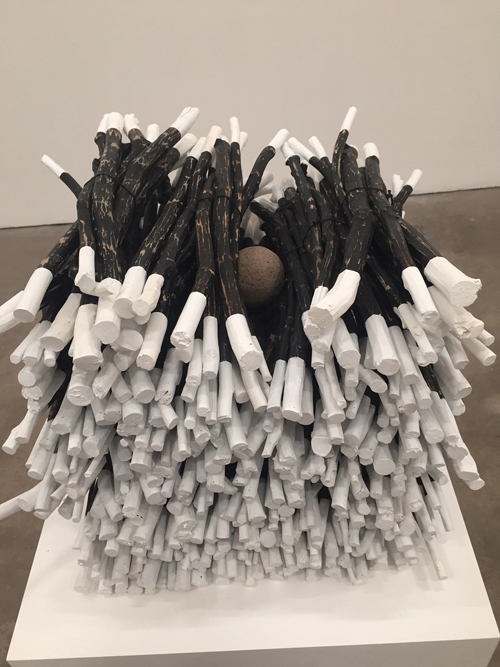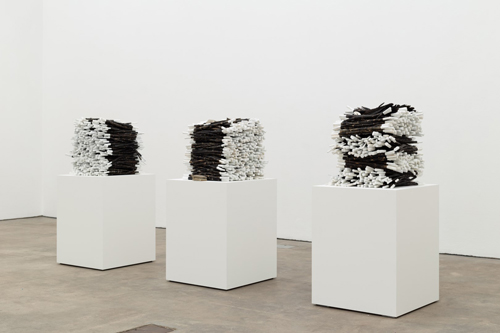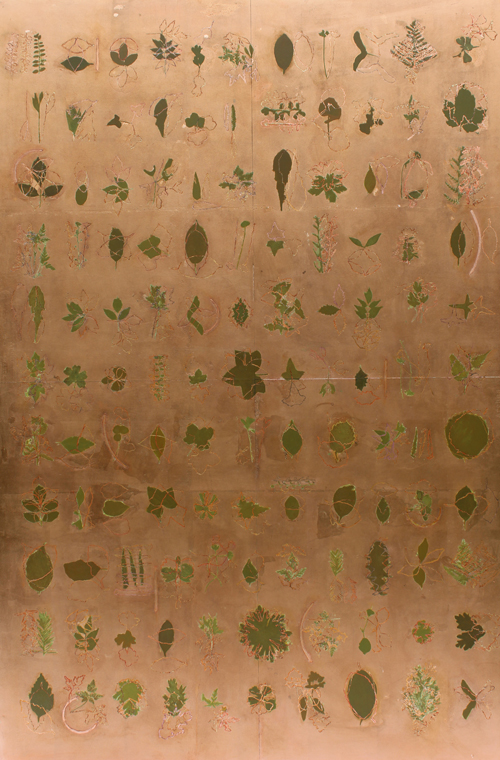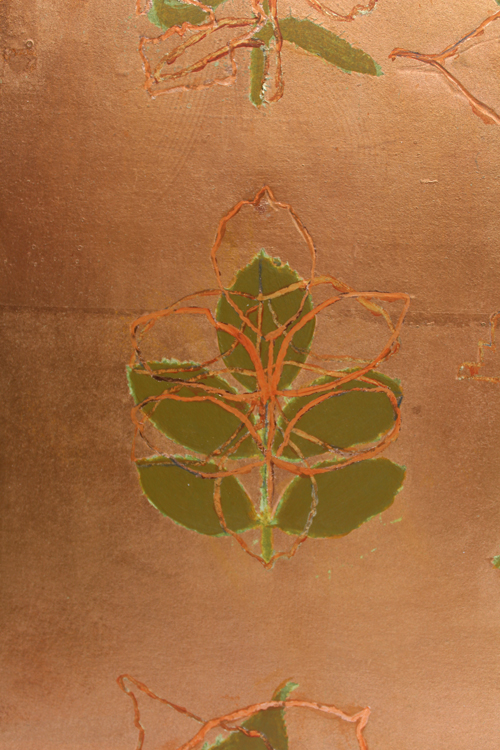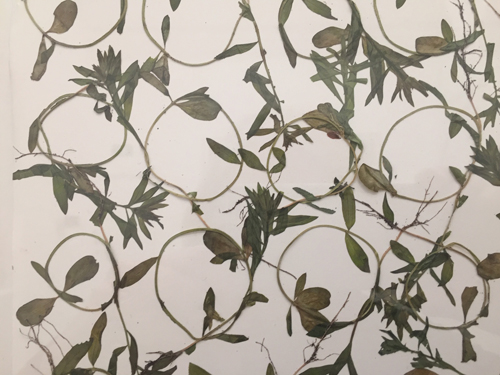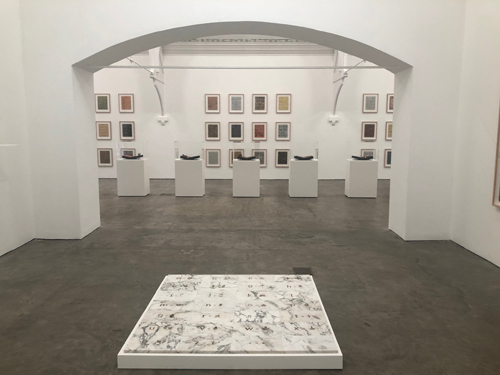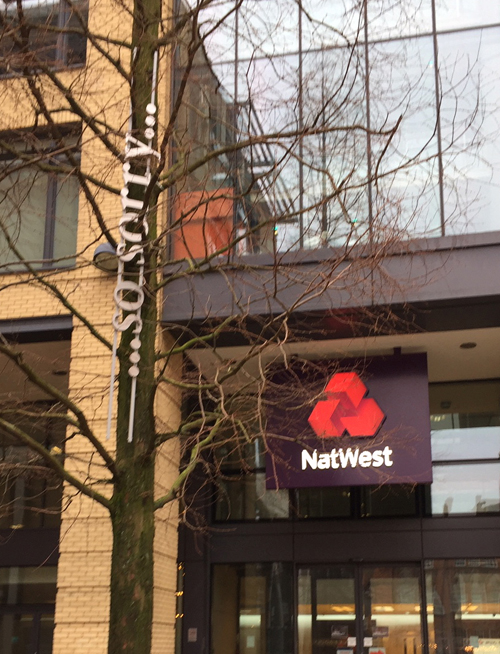For this post, we travel to South Africa to explore the beautiful country and environmental themes found within Deon Meyer’s crime novels (Meyer writes in his native Afrikaans, and his books have been translated in many languages). The Lemmer series, which includes Blood Safari and Trackers, are well-reviewed thrillers filled with what one reviewer calls:
A cast of characters in situations and relationships that are evident of the ‘new’ South Africa: whites, blacks, men, and women in different power struggles…different racial and political tensions, selfsame greed and corruption.
In this series are conflicts central to wildlife poaching, including the white-backed vulture and black rhinoceros. Lemmer is an “invisible†professional bodyguard who is hired to get involved with situations he would rather not, but he does so for the money. “I don’t go looking for trouble, it comes looking for me.â€

The Lemmer series isn’t Meyer’s only work dealing with plots and issues centered around environmental subjects. According to Livers Hebdo, Deon Meyer “excels in his descriptions of the urban and natural landscapes.â€
I talked briefly with the author and asked him what sorts of environmental issues made their way into his novels. He replied:
I tend to write about the issues that concern me most: the destruction of natural habitats, ecosystems and species extinction in (Southern) Africa, and global warming in general.
When I asked about unique situations regarding climate change and other ecological crises in South Africa, compared to the rest of the world, he said:Â
Of course, the endangered species (rhinos, elephants, vultures and hundreds of others) are unique to the continent. But perhaps the major difference is that in the northern hemisphere, the damage being done is driven mostly by greed, and in Africa it is driven mostly by poverty.
BLOOD SAFARI
Blood Safari is a harrowing novel from an expert storyteller whose wickedly fast-moving narratives reveal the heart of his enthralling country. Emma Le Roux, a beautiful young woman in Cape Town, sees her brother named on the television news as the prime suspect in the killing of four poachers and a witch doctor. But it can’t be possible: Emma’s brother is supposed to be dead, having disappeared twenty years ago in Kruger National Park. Emma tries to find out more, but is attacked and barely escapes. So she hires Lemmer, a personal security expert, and sets out into the country in search of the truth.
I was pleased to see the author photographed with a white-backed vulture (Gyps africanus) at the Moholoholo Rehabilitation Centre. He is trying to hold on to the meat (just like Emma in the book), but the vulture is much too strong. Gyps africanus is the most widespread and common vulture in Africa, although it is now undergoing rapid decline. I once worked with a Harris hawk, in a similar situation, but it was much smaller and easier to deal with. According to the IUCN Red List:
Its [Gyps africanus] global population has been estimated at 270,000 individuals. Consistent with other vulture species, it has declined by over 90% in West Africa, and it has largely disappeared from Ghana apart from Mole National Park. The species has also declined in Sudan and South Sudan, Somalia and Kenya, but is apparently more stable in Ethiopia, Tanzania, and across southern Africa where an estimated 40,000 individuals remain.
TRACKERS
In Trackers, Meyer expertly weaves together Lemmer’s story with a missing person investigation and the machinations of a top intelligence agency. Wielding a phenomenal cast of characters, Meyer delves deep into the people, the breathtaking landscapes, and the politics and problems of this fascinating country. A #1 Best-Seller in South Africa, Trackers is an insightful novel that will take your breath away.
According to Deon’s website and WWF:
In Trackers, Lemmer rides shotgun on a truck transporting two of these – the black rhino.
Today, black rhinos remain Critically Endangered because of rising demand for rhino horn, which has driven poaching to record levels. A recent increase in poaching in South Africa threatens to erase our conservation success. The increase is driven by a growing demand from some Asian consumers, particularly in Vietnam, for folk remedies containing rhino horn. In 2014, a total of 1,215 rhinos were poached in South Africa – a 21% increase from the previous year. (Reference: WWF.)
When Deon does research for a book, he often travels to the actual settings, and takes lots of photographs. We’ve posted them here – just scroll down – to give you a glimpse of the world of the novel.
FEVER
He’s just really good, and Stephen King agrees, comparing Fever to his own novel The Stand.
Post Magazine
In Fever, a coming-of-age story, the narrator, Nico, tells the story of his father, Willem Storm, who died in the Year of the Lion. His father had built an oasis away from the rest of the world suffering from a deadly virus resulting from genetically modified foods. This post-apocalyptic tale rivals others, such as Cormac McCarthy’s The Road, when looking at the future of humanity and how people would react knowing that the world might be coming to an end.
Shots Mag has a wonderful interview with Meyer and states:
It is the vignettes scattered throughout Fever that make you pause, make you reflect and ponder what it is about us that makes us human, as well as the thinness of the line that separates us from all that is feral, wild and dangerous – both within humanity as well as outside – the inhumanity of our situation. The story of a survivor, who used to own an “all you can eat buffetâ€Â before the fever came, and why he closed it down becomes the novel in microcosm. Deon smiled and told me that the story of the guy who shut down his “all you can eat buffetâ€Â [before the virus hits] despite the success of the restaurant – was based on a true story, that he heard at a dinner party.
THIRTEEN HOURS
Bennie Griessel is the detective on the case of two crimes that unfold over thirteen hours. A book review on IOL describes how one character in the novel sees the other:
He’s realistic: “Political global warming and racial climate change should have taken their toll long ago, but here they were still, two old carnivores in the jungle, limbs stiff, teeth blunt, but still not completely ineffective.â€
MORE
Please see Meyer’s website for his other novels, all of which bring in the natural beauty of South Africa’s physical landscape and fuse it with great storytelling, sure to grip the reader. A review for Cobra in the Wall Street Journal says:
Mr. Meyer, the leading thriller writer in his native country, traffics in crime-novel situations familiar the world over: drunken cops, charming robbers, dangerous murderers, sudden violence – and sometimes, issues of race. Mr. Meyer’s South Africa, however, is unique. His books, translated from Afrikaans, are usually set in the Cape Town region, where mountains spectacularly meet the sea on the Horn of Africa. Amid these vistas his detective confronts his own – and his country’s – tortured past and the legacy of Apartheid.
While the author is a renowned crime-thriller novelist, he stated in a Guardian interview: “For me, the most important thing is to try to tell an entertaining story – let other people worry about what genre it is.†He recognizes fiction as having a restricted window view of society but also states, about representing all sectors of South Africa:
Everything is in service of the story and there are certain realities – in the police force, they have people of all ethnicities working together, so just to have black or white cops would not be credible. It’s all about verisimilitude. You have to create a world that’s believable, that’s close enough to the truth to be believed.
This article is part of our Wild Authors series. It was originally published on Dragonfly.eco.
______________________________
Mary Woodbury, a graduate of Purdue University, runs Dragonfly.eco, a site that explores ecology in literature, including works about climate change. She writes fiction under pen name Clara Hume. Her novel Back to the Garden has been discussed in Dissent Magazine, Ethnobiology for the Future: Linking Cultural and Ecological Diversity (University of Arizona Press), and Uncertainty and the Philosophy of Climate Change(Routledge). Mary lives in the lower mainland of British Columbia and enjoys hiking, writing, and reading.
———-
Artists and Climate Change is a blog that tracks artistic responses from all disciplines to the problem of climate change. It is both a study about what is being done, and a resource for anyone interested in the subject. Art has the power to reframe the conversation about our environmental crisis so it is inclusive, constructive, and conducive to action. Art can, and should, shape our values and behavior so we are better equipped to face the formidable challenge in front of us.
Go to the Artists and Climate Change Blog
Powered by WPeMatico






















